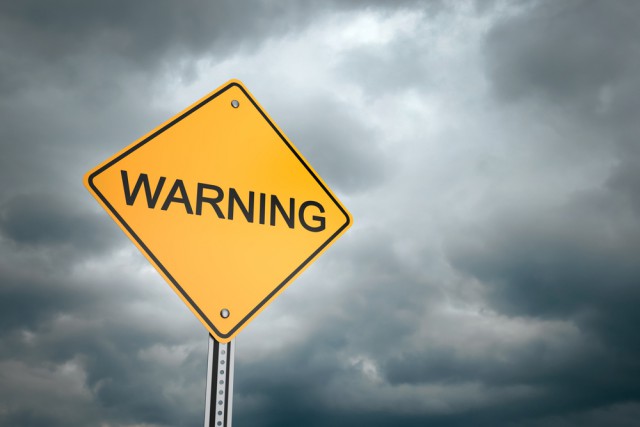Over lunch with a wonderful group of people, the discussion veered over a lot of topics and landed up on a quote by Martin Luther King Jr “In the end, we will remember not the words of our enemies, but the silence of our friends”. There is a danger in silence, and more so for a practitioner of corporate communications. In many cases, the damage can be far reaching and sometimes terribly disastrous. As again, I will be drawing parallels in Disaster Risk Reduction paradigms and Corporate communications.
A corporate entity equates the communications functions as a friend largely in times of distress, or when a situation has become dirty. But then, the communications plan is to lead the narrative and ensure that the early warning signs are not dropped. From the perspective of a communication plan ignoring the signs, lead to two primary scenarios:
- A fallacy of the narrative – a large part of this is the often incorrect assumption that just because something hasn’t happened in the past, it won’t and just because something has happened, so it will continue.
- The impact of such a fallacy manifests in absence of contingency plans to address ‘unlikely’ events;
- absence of action to diversify risk assuming that the stakeholder will continue to be ‘loyal’;
To overcome this fallacy the key is to get form a cohesive structure within the team. This will allow for crafting multiple what-if scenarios and adopt approaches to better manage areas of exposure.
- A bias of the short term – many times the plans are made to act or react for a short term rather than a long term, primarily because it’s much less ambiguous than the future.
This bias is driven by a company’s desire for instant gratification and avoidance the larger perspective. This bias causes a dangerous situation of delay in making future plans and get drawn into everyday tactical demands.
The analogies for mitigating the dangers of silence stems for the Disaster Management concepts of taking into cognisance the signs of early warning. In many instances of man- made disasters historical case studies show that warnings were ignored or sidelined until damage was inevitable. In some instances, short-term benefits were placed ahead of safety, either by silence of risk or ignoring the evidence of risk. There are also cases of the benefits from quickly responding to early warnings. Information and communications technologies advance rather rapidly and are often rapidly adopted around the world. This means risks may spread faster and further, while the public and stakeholders capacity to understand, recognise and respond to these effects in time is still lacking.
One of the take aways from disaster management is the use of the ‘precautionary principle’. It states that “scientific uncertainty is not a justification for inaction, when there is plausible evidence of potentially serious harm”. Such an approach is nearly always beneficial and can often stimulate innovation.
The key features of a plan based on such an approach, follows heavily from the amplification of the signs of early warning.
- Acknowledge the complexity of the public and stakeholder systems, particularly where there may be multiple causes of different effects. It is increasingly difficult to isolate a single scenario and prove that it causes harm. A precautionary communications plan takes a more holistic view partnering different disciplines into the understanding and prevention of potential hazards.
- It is just not the role of the communications team to respond to early warnings, but the role is more to remove the “silence of friends”.
- Acknowledge what is not known, by embracing uncertainty broadly. A classic scenario is the often misrepresented “No evidence of harm” to mean “evidence of no harm”, just because the relevance was not researched.
- Involve all the stakeholders and the larger audience in risk analysis. This helps to reduce exposure to hazards while being conducive to innovations with broader benefits.
Disasters, are the outcome of cumulative causes, and can be avoided or the effects mitigated if the signs of early warning are not ignored. As a corporate communications practitioner remember you are a friend and your role cannot be silent – Identify the early warnings and communicate them.



Be the first to comment on "Leader, Friend"